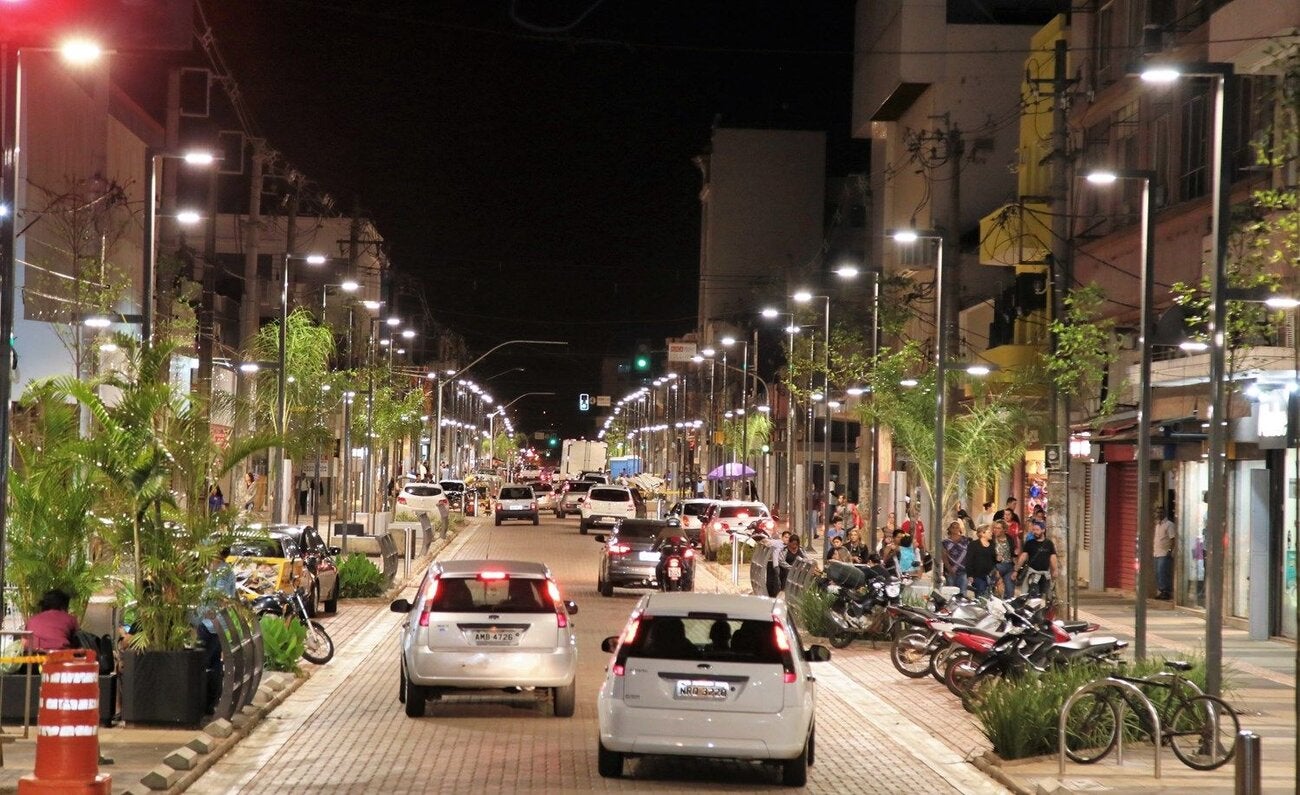The Sixth United Nations (UN) Global Road Safety Week from 17 to 23 May with the slogan "Streets for Life" calls for setting speed limits in order to save lives.
Specifically, the week advocates for speed limits of 30 km / h (20 mph) in urban areas in order to create safe, healthy, green and livable cities.
“Streets for Life” also highlights the link between 30 km / h (20 mph) speed limits and the achievement of Sustainable Development Goals (SDGs), including goals related to health, education, infrastructure, sustainable cities, climate action and partnerships.
The UN Global Road Safety Week is held every two years and organized by WHO and UN Regional Commissions.
This year, the week will also formally launch the Second Decade of Action on Road Safety, 2021-2030. Working across all levels of the Organization and in close collaboration with multiple partners, WHO led the development of the global plan for the second decade, which is currently available for public consultation. The plan is expected to be launched in the second half of 2021.
Globally, 1 in 3 road deaths in high-income countries is due to speed.
Evidence suggests the speed at which a vehicle is traveling directly influences the risk of a crash, as well as the severity of injuries and the probability of death.
#StreetsForLife
The UN Global Road Safety Week is an opportunity to make commitments at national and local levels that translate into low-speed streets. Limiting speed to 30 km / h (20 mph) in urban zones, where people and traffic mix, makes for streets that are safe, healthy, green and livable.
Safe
30 km / h (20 mph) speed limits, where people and traffic mix, are safer streets, because they help save lives and protect all who use them, especially the most vulnerable, like pedestrians, cyclists, children, older people and people with disabilities.
Healthy
Streets with speed limits of 30 km/h (20 mph) are healthier, because they prevent death and injury and encourage physical activity. When streets are safe, people walk and cycle more.
Green
Streets with speed limits of 30 km / h (20 mph) are greener, because they help to shift to zero-carbon mobility and promote sustainable transport options. Streets, where safe walking and cycling are encouraged, can reduce car dependency and harmful emissions from vehicles that contribute to climate change.
Livable
Streets with speed limits of 30 km/h (20 mph) promote the safe coexistence of all its users (pedestrians, cyclists, motorcyclists and car drivers). At a time of economic recovery after the COVID-19 pandemic, everyone should benefit from low-speed streets, so that people not only survive, but also thrive.
PAHO Director, Dr Carissa Etienne, said Yes with her signature to the global call to action promoting low-speed and livable streets.
The Open Letter #StreetsforLive: for people and the planet, highlights that low-speed streets are urgent and essential, because:
- They save lives by preventing crashes that cause deaths and injuries.
- They encourage healthy lifestyles by making walking and cycling safer and more accessible.
- They contribute to the environment by fostering alternative transportation, such as bicycling and walking, which reduces carbon emissions and, in turn, leads to cleaner air that benefits people's health.
- They promote the well-being of all road users, including the most vulnerable, such as children, the elderly and people with disabilities, who are at often greater risk on the streets.
We invite you to set an example by signing the Open Letter. Your actions and those of your community can make change happen.
In August 2020, the UN General Assembly adopted resolution 74/299 "Improving global road safety", proclaiming the Decade of Action for Road Safety 2021-2030, with the ambitious target of preventing at least 50% of road traffic deaths and injuries by 2030.
In resolution 74/299, the UN General Assembly requested WHO and UN Regional Commissions, in cooperation with partners in the UN Collaboration on Road Safety and other stakeholders, to develop an action plan for the Decade, as a guiding document to support the implementation of the Decade’s target.
20 de mayo- Lanzamiento regional de la Nueva Década de Acción por la Seguridad Vial: Haciendo de nuestras calles #CallesparalaVida
Lanzamiento regional de la Nueva Década de Acción por la Seguridad Vial: Haciendo de nuestras calles #CallesparalaVida, organizado por la OPS y sus socios de Bloomberg Initiative for Global Road Safety 2020-2025 (Haga click en la imagen para ver la grabación del evento).
May 17 - Global Launch of the 6th UN Global Road Safety Week: Streets for Life #Love30
Global launch of the Sixth United Nations Global Road Safety Week, hosted by the WHO and the FIA Foundation hosted on behalf of the United Nations Road Safety Collaboration. (Click on the image to watch the video)
23-24 June 2021 - Conversation: Speed and motorcycle management in Latin America
Speed, as a risk factor that increases the severity of injuries in traffic accidents, as well as the high mortality of motorcycle users force the entities responsible for road safety to seek innovative strategies to deal with these problems. The experiences of Costa Rica, Mexico, Spain, Colombia, Brazil and the Dominican Republic in these areas will be presented.
How to partipate
- Date: 23 y 24 June 2021
- Time: 9 a.m. - 12 m.d. Costa Rica time (both days)
- Register: https://paho-org.zoom.us/webinar/register/WN_Y29y3rF1R8CDLMiqsDUyyQ
#StreetsForLife: Save lives: Slow down
Dr. Erica Wheeler, PAHO PWR in Trinidad and Tobago.
Streets under 30 km save lives, especially cyclists.
People enjoy the streets and everything is integrated when the 30 km is respected.
Crossing a street is more reliable and safe for any pedestrian, especially one in a wheelchair, when drivers respect the 30 km.
The 30 km limit facilitates safe mobility on the streets for deaf people.
30 km streets minimize the chances of someone being killed in a traffic collision.
Low-speed streets are essential for urban rehabilitation.














































